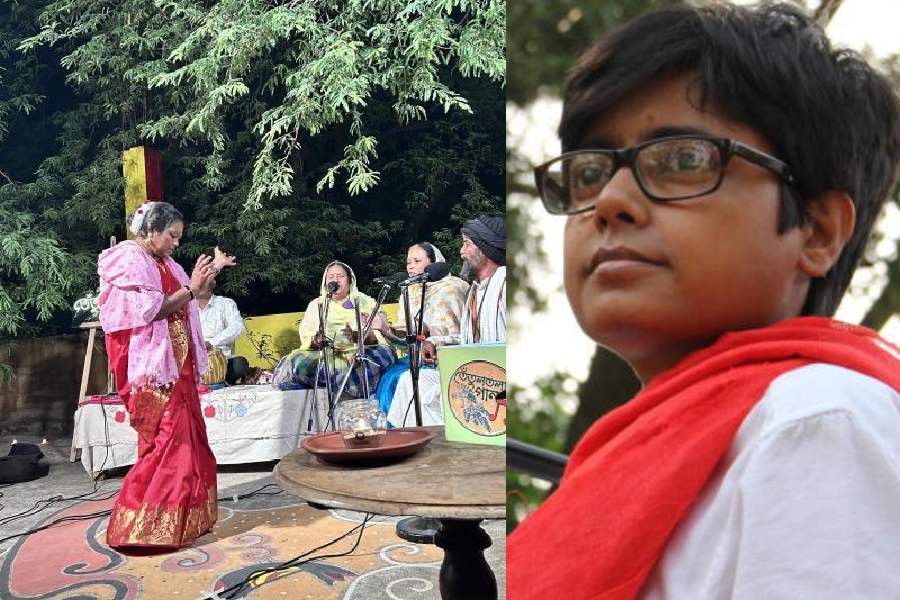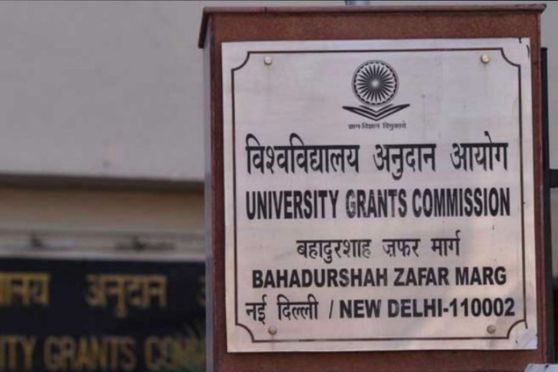On the last Sunday of 2024, a group of people in Calcutta gathered on the terrace of a two-storeyed house, under the boughs of a tentul gaachh or tamarind tree.
The point of the meet was to save the tree.
The tree grows just outside filmmaker Debalina Majumder’s house and the small gathering dubbed Live at Tentultala was happening on her initiative, at her house.
The tamarind tree was planted by Parul Mukherjee, who had been a freedom fighter. She was a member of the revolutionary group Anushilan Samiti. Someone recalls how “Paruldi” — as she is referred to now, by one and all — lived in Titagarh all by herself in her youth, raising eyebrows but disregarding all intruding questions thrown her way. The story goes that she was arrested from that very house, but not before she had burnt most confidential communication and swallowed the rest, effectively removing all traces of her comrades from the site.
Post Independence, after her four-year-long jail term, Paruldi settled down in south Calcutta’s Vidyasagar Refugee Colony. Here too, she came to acquire a repu-
tation for being a fighter. Many old-timers of the neighbourhood still recall her sari-clad stick-in-hand form fending off rogues and thieves, standing up to some injustice or the other. She was also the headmistress of the Colony’s first school.
One of her students from Baghajatin Boys School, Rabindranath Ray, who is now in his mid-60s, says, “Paruldi cared for us like her own. But after she retired, we never saw her again.”
Paruldi is long gone and now, the tamarind tree she once planted in her yard is counting its last days. Her family sold her bit of land to a promoter. Says Debalina, “The tree is on the edge of Paruldi’s property. If the promoter wants the tree can be spared, but from the looks of it they won’t.”
Debalina is determined in her rescue act.
As botanic analogies go, she has been making efforts to turn the tamarind into some kind of a cultural banyan. Under its thick shade talks happen and performances too about things marginal, disappearing or endangered, like the tamarind tree.
Debalina has also collected signatures from neighbours and petitioned the mayor to save the tree. She continues, “Without an intervention from the higher-ups, the tree cannot be saved.”
That evening Debalina had invited a group of folk singers from Pathanpara village, Murshidabad — Amanat Fakir, Muslima Bibi, Ashrafan Bibi and Sabera Bibi. The women in the group perform at Muslim weddings for a living.
Amanat, who is a singer and somewhat of a spokesperson for these women, says, “To live on, we need to keep our trees alive, just like we need to keep our music alive, our culture and our traditions alive.” Amanat and his group of singers have revived Muslim wedding songs of Nadia, Birbhum and Murshidabad districts from the brink of extinction.
The songs date back 200 to 300 years.
One song goes: Shyam ke amar ke knadalo?/Shyam dariya kodomtole.” Meaning, who made Shyam cry? He is standing under the bur tree. Another song goes: “Keno he Radha birosh mon/Tomar Kanhaiya bajaye bashi... O Radha why do you look so pensive/Your Kanhaiya is playing the flute.” Amanat plucks at the chords of his dotara. Ashrafan Bibi leaves her seat under the tamarind tree and starts whirling like a dervish.
Amanat explains, “It is proof that Hindus and Muslims lived together, why else would we sing about Krishna and Radha at our weddings?” Idiomatically too, the songs are a curious mix of Bengali and Urdu words.
Some of the other songs have to do with the wedding rituals. Take for example this one about a holud ceremony. It goes, “Holud bato he ranga bou/Damadke makhabo/Damadke makhate holud panchsho taka nebo.” The levy referred to in the song keeps changing from panchsho, meaning 500, to 1,000, 2,000, or even a whole cow, depending on the groom’s financial situation.
As the evening turns a shade darker, the songs get louder and the audience starts to clap. The wedding songs are set in dadra, kaharba and trital.
Some are bordering on the flirtatious. Sample this, “Ami teler bati haate niye naite eshechi/Joshodar chheler songe kothai heshechi... I came to take a dip, a bowl of oil in my hand/When did I stop to joke with Joshoda’s son?” And there are other songs conveying the emotions of the bride.
Amidst all this, should you look up you will see the tamarind tree leaning in, as if seeking a new lease on life.











